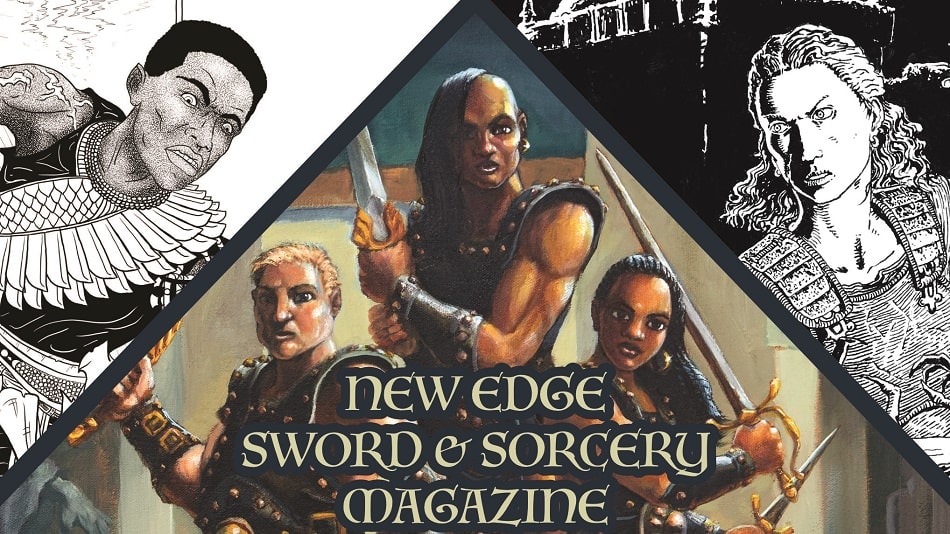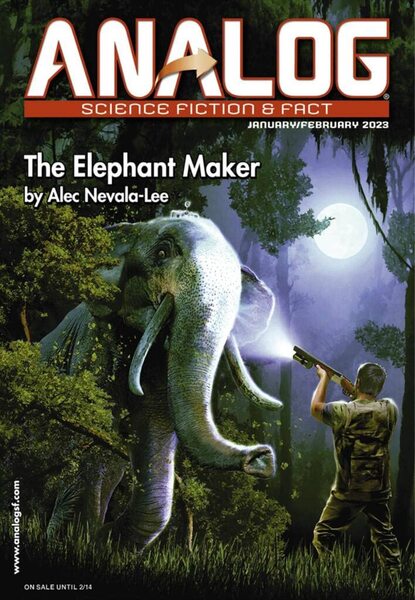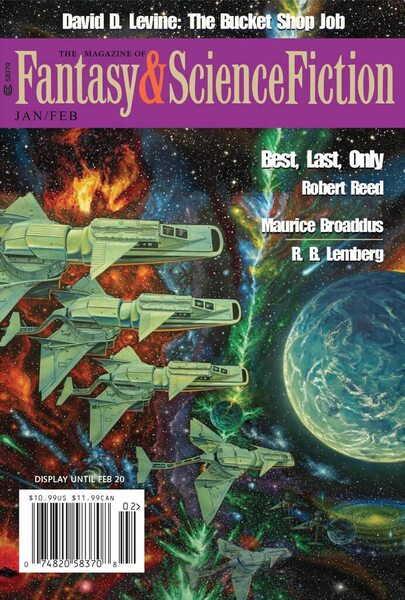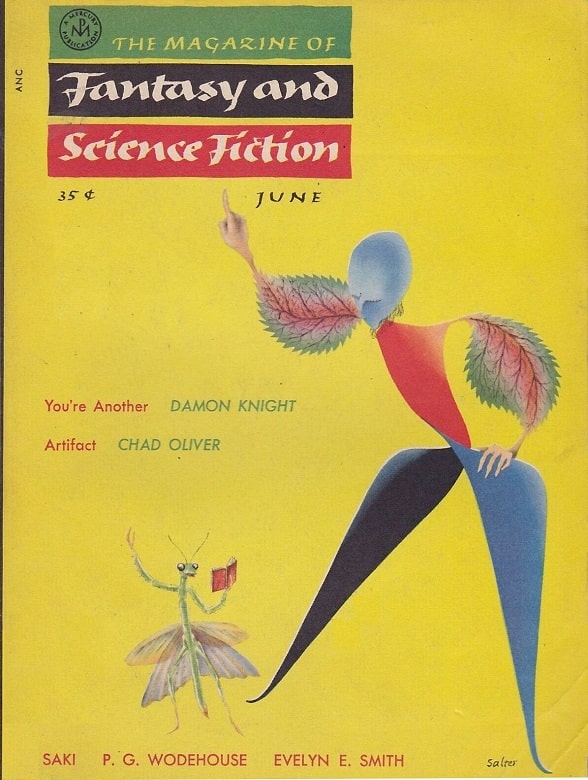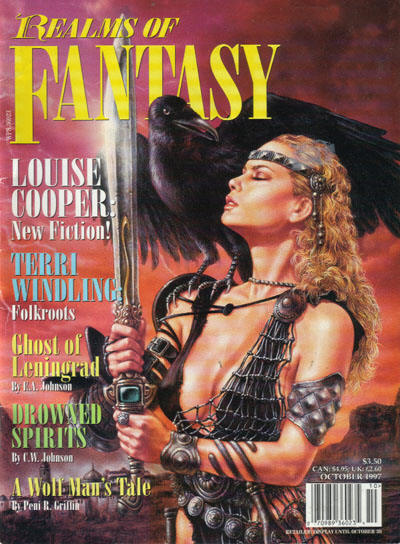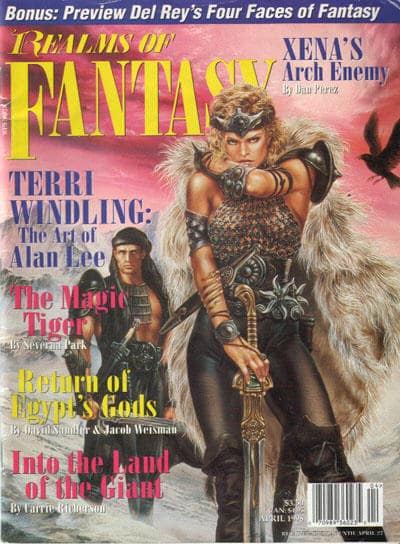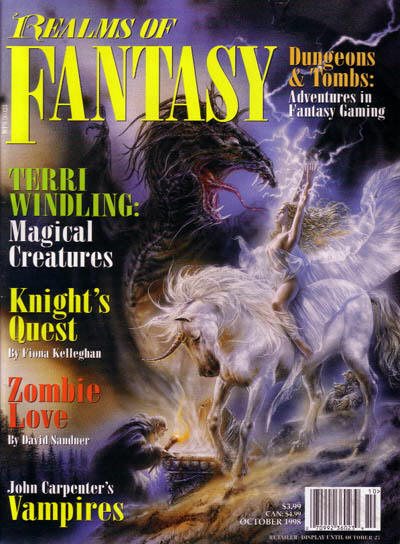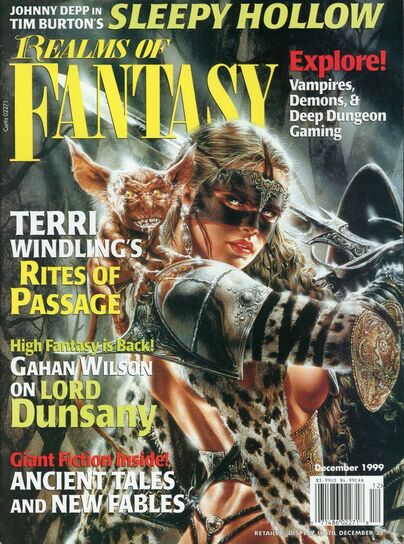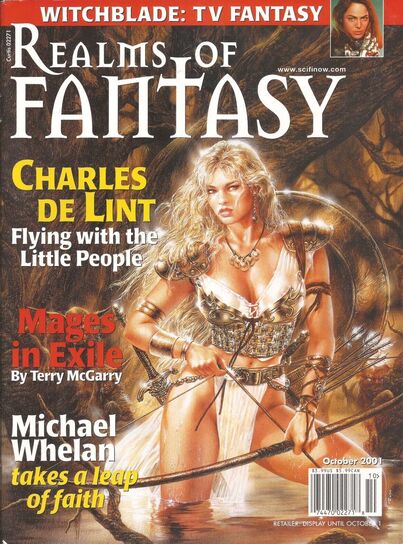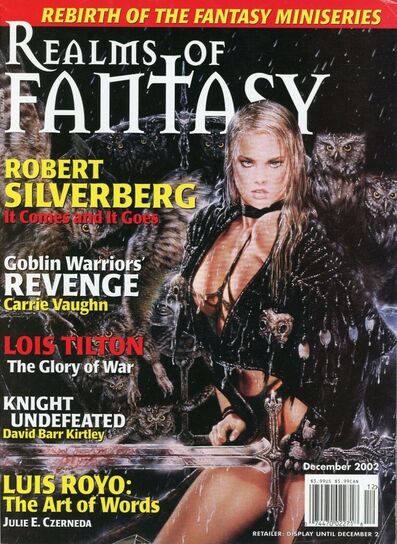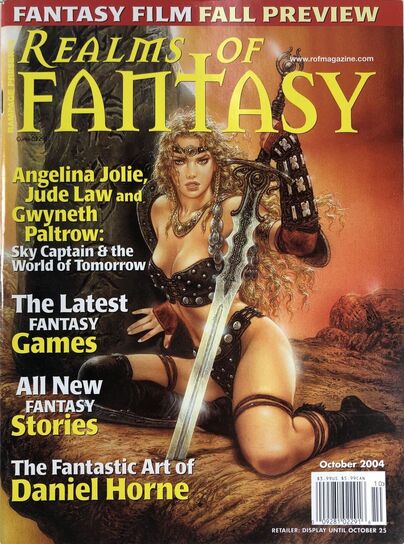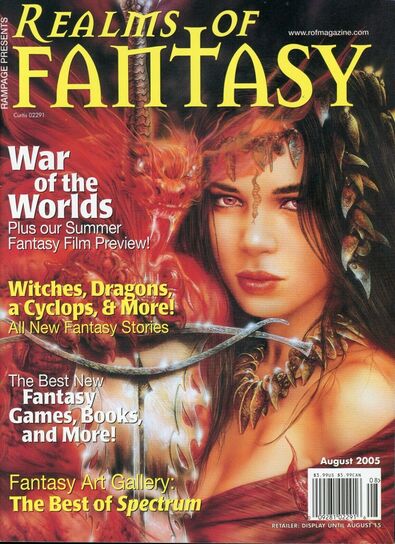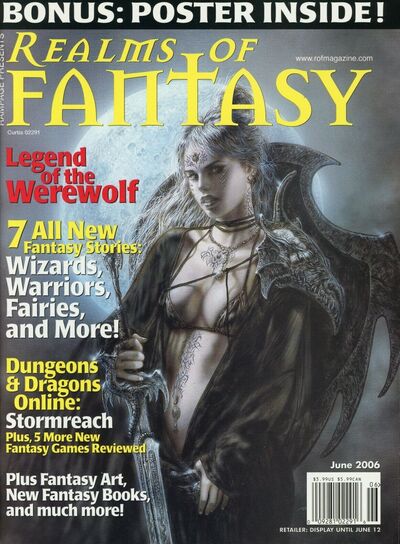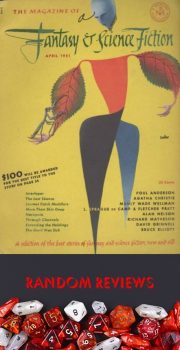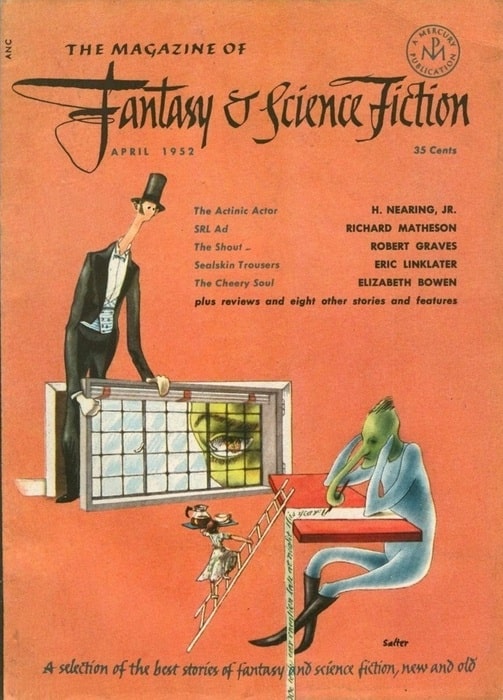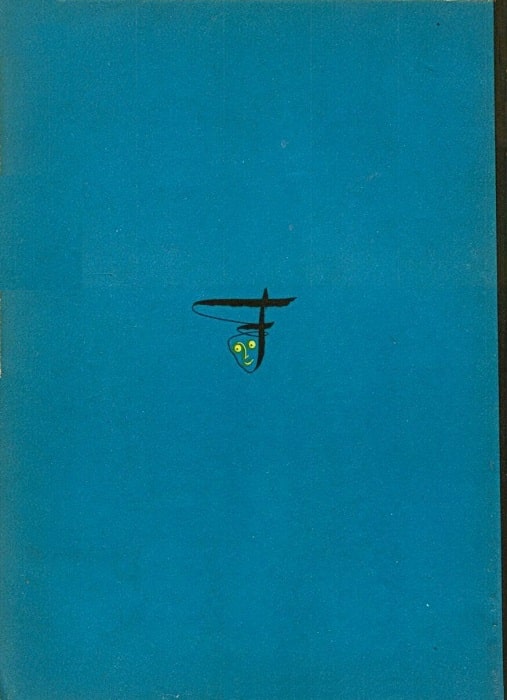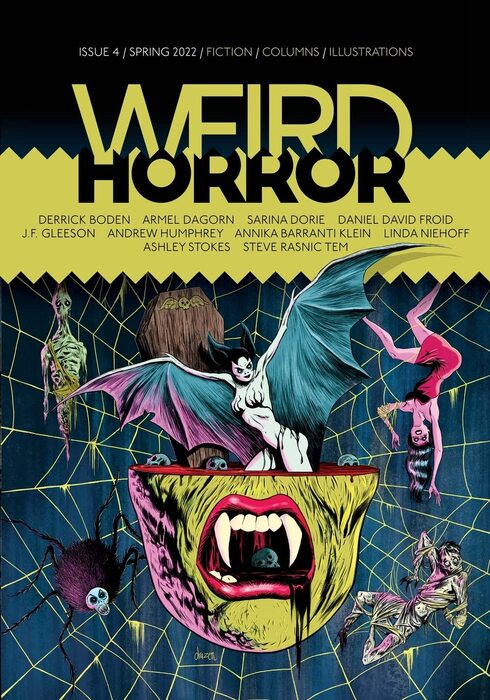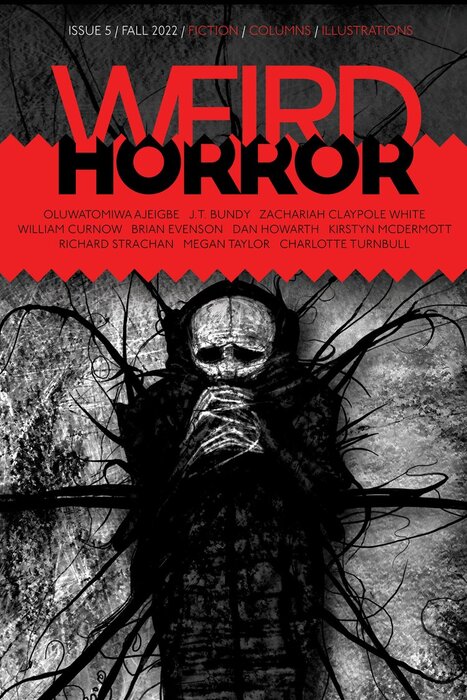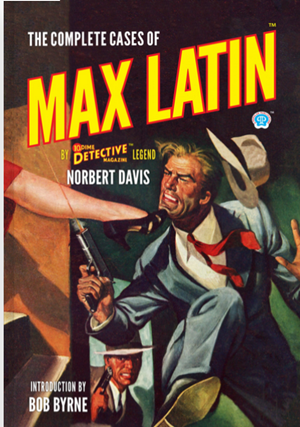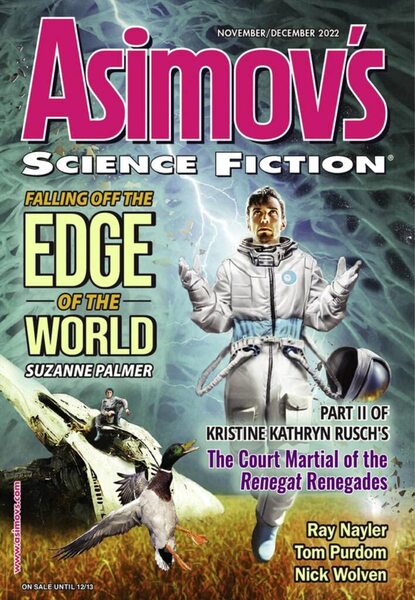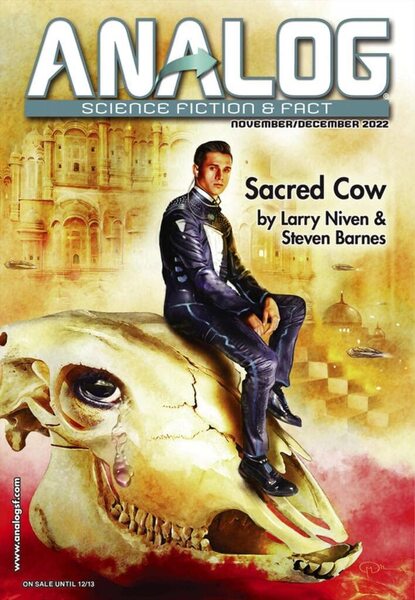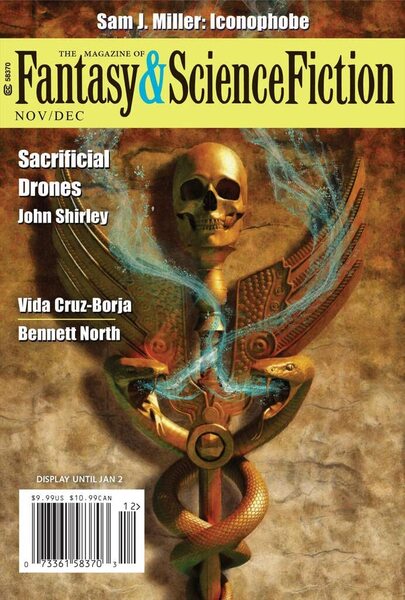400 pages of the Best of the Modern Weird: Weird Fiction Review #12 from Centipede Press
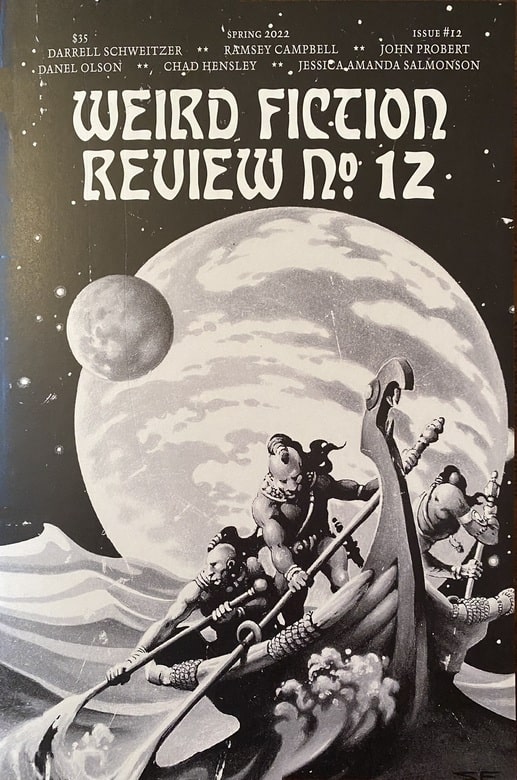 |
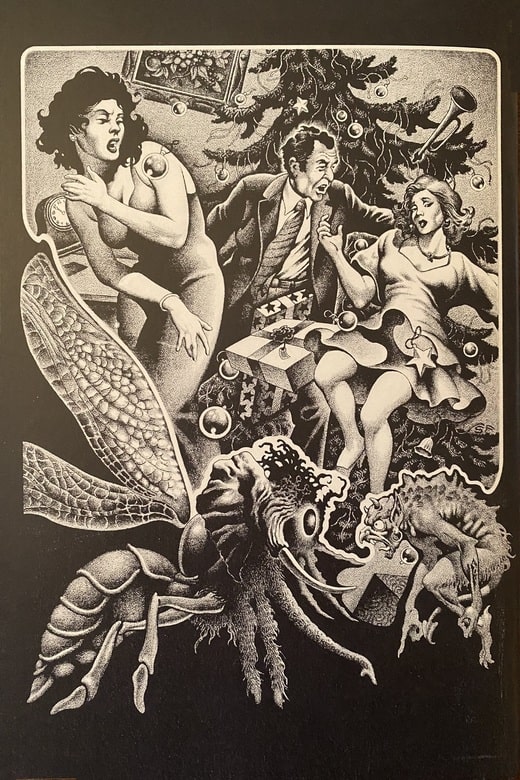 |
Weird Fiction Review #12 (Centipede Press, October 2022). Front and back covers by Stephen Fabian
Weird Fiction Review, edited by John Pelan and published annually by Centipede Press, has gradually established itself as the premier magazine of modern dark fantasy. It’s published a dozen issues so far and has included fiction by Simon Strantzas, Steve Rasnic Tem, Caitlin R. Kiernan, Laird Barron, Victor LaValle, Stephen Graham Jones, Marc Laidlaw, Joseph S. Pulver, Brian Stableford, Darrell Schweitzer, John Shirley, and many, many more.
But I think the reason I love this mag — aside from its incredible production values and huge size (issues typically run around 400 pages) — is the excellent non-fiction. It brings genuine scholarship to fascinating topics, with lengthy and entertaining articles on things like a history of the legendary Gnome Press by Stefan Dziemianowicz, a brief history of Mexican Horror Comic Books by Silvia Moreno-Garcia, a survey of The Horror Pulps 1933-1940 by Robert Weinberg, an essay on EC Comics by E. B. Boatner, Collecting Karl Edward Wagner’s Carcosa by Ron Clinton, 90 Years of Amazing Stories by Joseph Wrzos, and a regular column on Forgotten Masters of the Weird Tale by editor John Pelan that has covered Nictzin Dyalhis, Paul Ernst, Arthur Leo Zagat, Sax Rohmer, C. Hall Thompson, Walter Owen, Edmund Snell, and Wyatt Blassingame.
The latest issue features fiction by Caitlin R. Kiernan, Laird Barron, Victor LaValle, Stephen Graham Jones, Scott Bradfield and others, plus a full-color Stephen Fabian Art Gallery, an appreciation of the film Let’s Scare Jessica to Death by John Llewellyn Probert, an interview with Weirdbook publisher W. Paul Ganley by Darrell Schweitzer, an article on William F. Nolan by Jason V. Brock, an interview with Graham Masterton by Dave Roberts — and a celebration of the life and work of Weird Fiction Review’s editor John Pelan, who tragically past away on April 11, 2021.
